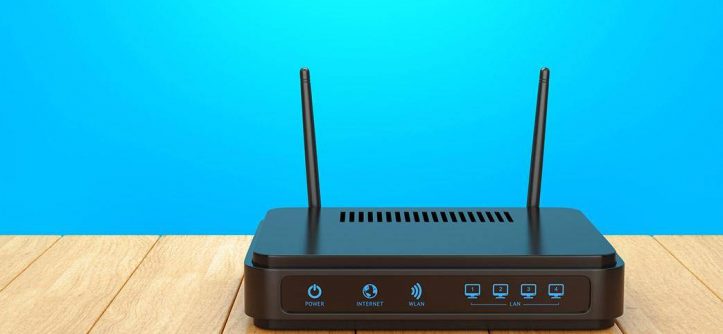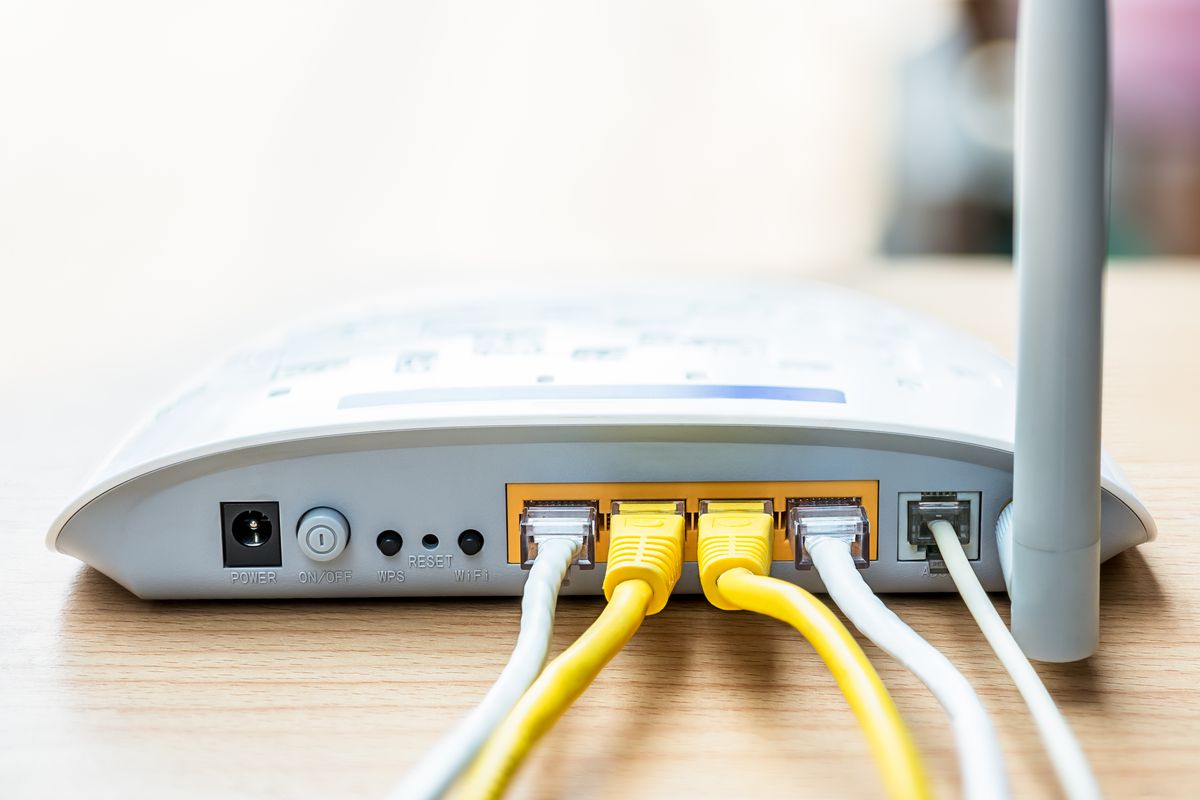Connecting a new router to the previous one (perhaps provided by the operator) and with this managing home traffic can be an economical and winning option. The routers provided by the operators, in fact, sometimes do not have sufficient reach, or simply over the years become less and less suitable for a rapidly expanding traffic.
Reflecting you too, you can remember times when only the PC was connected at home, now things have changed a lot and the router has to manage the connection of all kinds of objects (smartphone, tablet, SmartTV, TV Box, console, virtual assistants).
Often, instead of completely replacing the router provided by the operator, which usually also offers a VOIP line, we prefer to opt for a medium-range router to be connected via LAN. For the best routers for each price range we invite you to consult our appreciated article.
The new router will then receive the connection from the old one and take care of distributing it to all the devices (in a more effective and efficient way). This way of configuring the routers is known, in fact, in cascade and in this post we will deepen how to make the connection and avoid annoying IP conflicts.
Differences between LAN to LAN and LAN to WAN cascade connection
There are two types of cascade router connection, LAN to LAN and LAN to WAN. We will treat them both in separate paragraphs.
LAN to LAN: The two routers share the same network and the same address space and the devices connected to the first or second router are seen each other. Thus, the network of the second router is a simple extension of the first. A typical example is this: if the main router has address 192.168.1.1 the one connected in LAN must have a 192.168.1.x address to work, if the main address is 192.168.0.1 the router in cascade must have an address of the type 192.168 .0.x.
LAN to WAN: The situation is, if possible, even simpler. The two networks are completely separate and independent and share only Internet access. In this case there is no need to share the address space and indeed, to avoid IP conflicts, it is advisable to choose different ones maybe 192.168.1.x for all devices connected directly to the main router and 192.168.0.x for those connected to the secondary. This is by far the preferred solution if the first router is old and struggles to manage a large number of devices.
Configure LAN to LAN cascade connection
The configuration is quite simple; not much needs to be done on the first router, we only recommend that you unplug all connected devices to free addresses and restart it.
Finally, with the computer, go to its configuration page. To access the router configuration page, it is usually sufficient to enter the address 192.168.1.1 in your browser. If it were unattainable, it means that surely the device has a different IP from the more classic one, finding it is fortunately simple.
On Windows :
- Go to Start
- Write “cmd” (without quotes) and press Enter
- The terminal will open, give the command ipconfig/all
- At the “Default gateway” item you will find the address of the router
On Linux :
- Open any terminal
- Write ip route | grep default to find the IP address of the router at the default name
On macOS :
- Open the terminal
- Write netstat -nr | grep default and also in this case you will have the IP next to default
Put this address in the browser you will be able to reach the configuration page.
Once you have entered your credentials, you can log in. You will need to look for the DHCP option and the firewall and disable them. To find out exactly where the options in question are located, refer to the manual of your router (its position changes according to the brand of the device). If you no longer have the manual, know that it is easy to find it online from the model, just go to the manufacturer’s website.
At this point you can switch to configuring the second router, this is also quite simple:
- Connect the new router to the PC / Mac even with WiFi connection only;
- Connect to its configuration page, the address to put in the browser address bar should be 192.168.1.1 (if it is different you will find it clearly indicated in the manual, or even on the device itself);
- Enter the configuration page and assign the new router an address, as mentioned, of the same address space, so if the first router has the canon 192.168.1.1 as its address a good address for the second would be 192.168.1.100 or 192.168 for example. 1.2 (in practice the important thing is that the first three digits are the same and the last different).
- Make sure that the Gateway matches the address of the old router;
- Check that the Subnet Mask (subnet mask) is the canonical 255.255.255.0;
- Save the configuration and connect the new router to the old one via LAN cable taking care to connect the LAN ports (as shown in the image).
At this point you are ready to browse, so the new router will give the addresses, and the old one will supply the network. Being one of the routers to give the addresses should not occur annoying conflicts. If they happen anyway, the LAN to LAN configuration will work as well by enabling the DCHP on the first router and disabling it on the second. In any case, always avoid having both routers with DCHP active.
Configure LAN to WAN cascade connection
This is the simplest solution, no changes are needed and it is not necessary to disable the DCHP and the firewall on either of the two routers, and there is no danger of conflict. It is therefore an excellent solution if the credentials of the old router configuration page are not available.
In this case, no modification is needed on the old router, but before connecting, the second one must be configured properly.
To configure the second one, access the configuration page, then …
- Connect the second router to the PC even via WiFi only;
- Enter the address 192.168.1.1 in the appropriate browser bar and press Enter (if it is different you will find it clearly indicated in the manual, or even on the device itself);
- Put login credentials (found written on the router or in the manual);
- You must choose for the new router an address with the third number different from that of the main router (for example, if that is 192.168.1.1 the second router can have address 192.168.0.1);
- Make sure that the Gateway matches the address of the old router;
- Check that the Subnet Mask (subnet mask) is the canonical 255.255.255.0;
- Save changes.
At this point you can simply connect the first router to the second, taking care to connect the cable to any LAN port of the first router, and to the WAN port of the second (as in the image). On some routers the WAN port is the first of the LAN ports, but confusion is easy to avoid, as the dual purpose is usually indicated.
If you have printers and other network devices that need to interact and detect each other, remember that they must be connected to the same network (so all to the first router or all to the second).
Tags: Routers





Leave a Reply